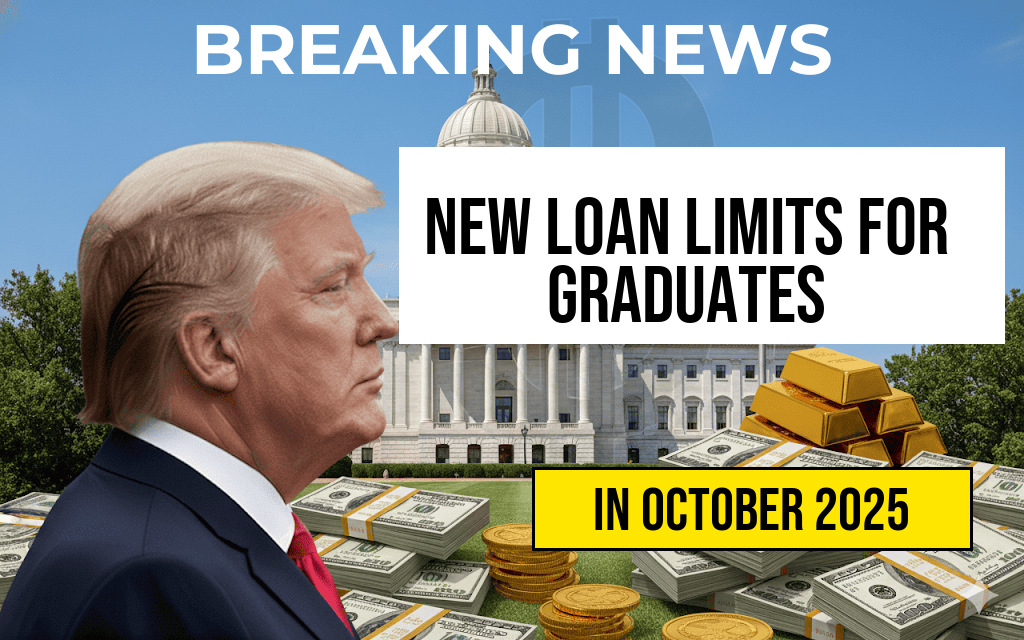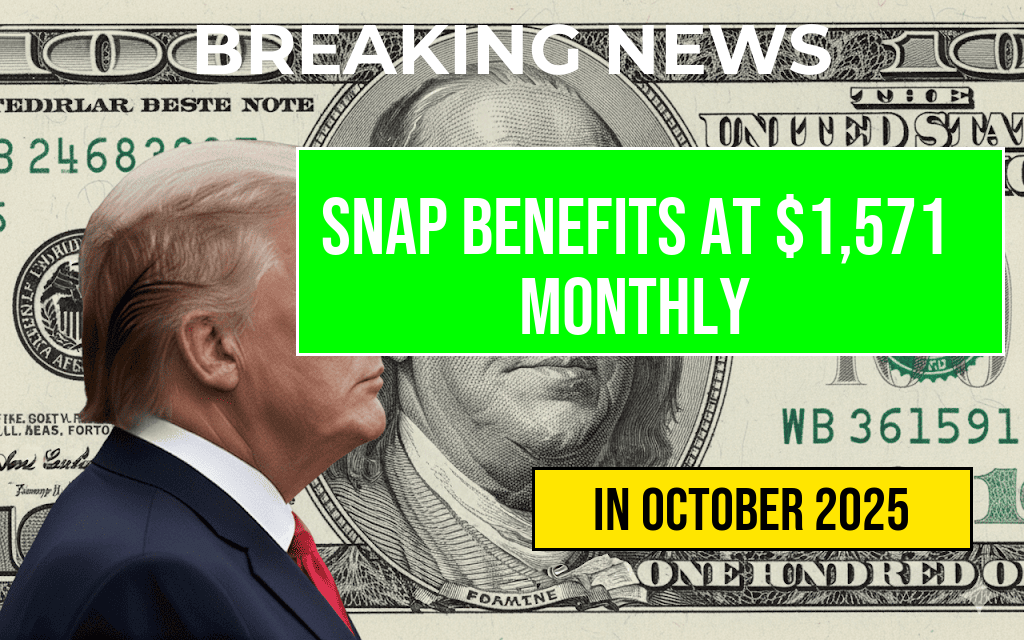New Federal Loan Limits for Graduates: $20,500 Annually with a $100,000 Lifetime Cap
Starting this academic year, recent graduates seeking federal student loans will face stricter borrowing limits, with an annual cap of $20,500 and a lifetime borrowing maximum of $100,000. This shift aims to balance access to higher education funding while managing the escalating costs associated with student debt. The new limits, introduced by the Department of Education, reflect ongoing efforts to promote responsible borrowing and reduce the risk of unsustainable debt levels among young Americans. These changes come amid broader discussions on student loan reform and the sustainability of federal lending programs.
Details of the New Loan Restrictions
The updated policy applies primarily to undergraduate borrowers borrowing through federal programs such as Direct Subsidized and Unsubsidized Loans. Graduate students, who typically access larger loan amounts, will also see adjustments to borrowing limits, with the overarching goal of encouraging more prudent financial planning. The core features of the new limits include:
- Annual borrowing cap: $20,500 per academic year
- Lifetime borrowing limit: $100,000 over the course of postsecondary education
- Eligibility adjustments: Borrowers must meet specific academic progress standards to qualify for the maximum amounts
| Parameter | Previous Limit | New Limit |
|---|---|---|
| Annual Loan Limit (Undergraduate) | Up to $31,000 | $20,500 |
| Lifetime Loan Limit (Undergraduate) | Varies by program, generally up to $57,500 | $100,000 |
| Graduate Loan Limit | Higher, often exceeding $138,500 including undergraduate debt | Similarly restricted to $20,500 annually, with lifetime cap of $100,000 |
Rationale Behind the Policy Change
The Department of Education underscores that the new borrowing limits are part of a broader initiative to promote financial literacy and sustainability among student loan borrowers. By capping annual and total borrowing, officials aim to reduce the likelihood of graduates accumulating excessive debt that could impede financial stability post-graduation. This approach aligns with recent legislative efforts to address the rising costs of higher education and the increasing reliance on federal aid as a primary funding source.
“Our goal is to ensure students are able to fund their education without overextending financially,” said a Department of Education spokesperson. “These limits are designed to encourage students to explore scholarship opportunities and alternative funding sources while maintaining access to necessary federal assistance.”
Impact on Students and Borrowers
For incoming students, the new loan caps could influence their financial planning and decision-making. Some may need to seek additional funding sources or reduce reliance on loans, prompting a reassessment of college affordability strategies. Conversely, borrowers nearing the previous lifetime limit of around $138,500 will need to be mindful of the new $100,000 cap, especially those pursuing advanced degrees or professional education.
Higher education advocates warn that the limits may inadvertently restrict access for students in costly programs or those attending private institutions with higher tuition. However, supporters argue that the measures incentivize students to minimize debt and pursue more affordable pathways through community colleges, scholarships, or work-study arrangements.
Potential Consequences and Broader Context
The policy change arrives amid a broader debate over student debt in the United States. With the total student loan debt surpassing $1.7 trillion, policymakers are exploring various avenues to mitigate borrower vulnerability. While some experts see the limits as a necessary step toward responsible lending, others warn it could deter students from pursuing certain fields or attending expensive institutions.
Financial aid experts recommend that students carefully evaluate their borrowing needs and explore all available resources. The new limits also highlight the importance of comprehensive financial literacy education to help students navigate their options effectively. For more details on federal student loan programs and recent reforms, visit the Federal Student Aid website.
Summary of Key Points
| Aspect | Details |
|---|---|
| Effective Date | Beginning of the 2023–2024 academic year |
| Eligible Borrowers | Undergraduate and graduate students with federal loans |
| Maximum Annual Borrowing | $20,500 |
| Lifetime Borrowing Limit | $100,000 |
| Implications for Students | Encourages responsible borrowing, potential need for alternative funding sources |
As federal loan policies evolve, students and families should stay informed about their options and consider comprehensive financial planning. The new borrowing restrictions aim to strike a balance between access to higher education and fiscal responsibility, reflecting ongoing efforts to address the country’s student debt challenge while fostering a more sustainable higher education system.
Frequently Asked Questions
What are the new annual loan limits for college graduates?
The new loan limits restrict college graduates to a maximum of $20,500 annually in federal student loans.
Is there a lifetime cap on student loan borrowing under the new rules?
Yes, the lifetime borrowing limit is set at $100,000, meaning graduates cannot borrow more than this amount over their entire repayment period.
Who is affected by these new loan restrictions?
The restrictions apply to recent college graduates and those planning to borrow federal student loans, potentially impacting their ability to finance further education.
How might these limits impact recent graduates’ ability to finance their education?
The limits could reduce the amount of financial aid available to recent graduates, requiring them to seek alternative funding sources or limit their borrowing to avoid exceeding the cap.
Are there any exceptions or special circumstances where higher borrowing is allowed?
Currently, the policy sets strict limits without exceptions; however, graduates with unique circumstances should consult their loan servicer for personalized guidance.










